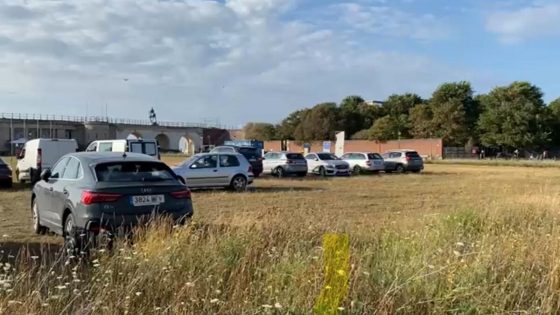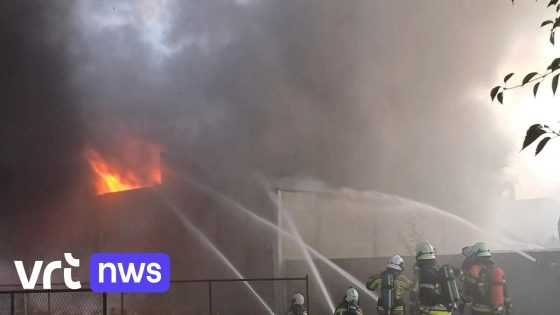Groundwater levels in Flanders have shown notable improvement after a string of dry months, according to the latest update from the Flemish Environment Agency. On 2025-08-06 15:24:00, the VMM reported that July brought average rainfall, helping to replenish water tables across the region.
- Grondwaterpeil stijgt op veel plaatsen
- Vlaamse Milieumaatschappij rapporteert verbetering
- Juli kent normale neerslaghoeveelheid
- Minder dan helft meetlocaties laag water
- Een derde meet normaal grondwaterpeil
- 23 procent ervaart hoge grondwaterstanden
After five months of below-average precipitation, many areas in Flanders saw their groundwater rise, reducing the extent of low water levels. But how widespread is this recovery, and what does it mean for local water management?
Understanding these changes is crucial as communities and farmers alike depend on stable groundwater levels. Let’s explore the current situation and what lies ahead.
What does this shift mean for Flanders’ water resources? The data suggests a partial recovery, but challenges remain. Consider these points:
- 45% of measuring stations still report low to very low groundwater levels.
- One third of locations indicate normal groundwater conditions.
- 23% of sites have high to very high groundwater levels, which could impact flood risk.
- July’s “normal” rainfall was key in improving groundwater after prolonged dryness.
Will this trend continue into the autumn months? Stakeholders should stay informed and prepare for potential fluctuations in groundwater, ensuring sustainable water use and resilience against future dry spells.
































